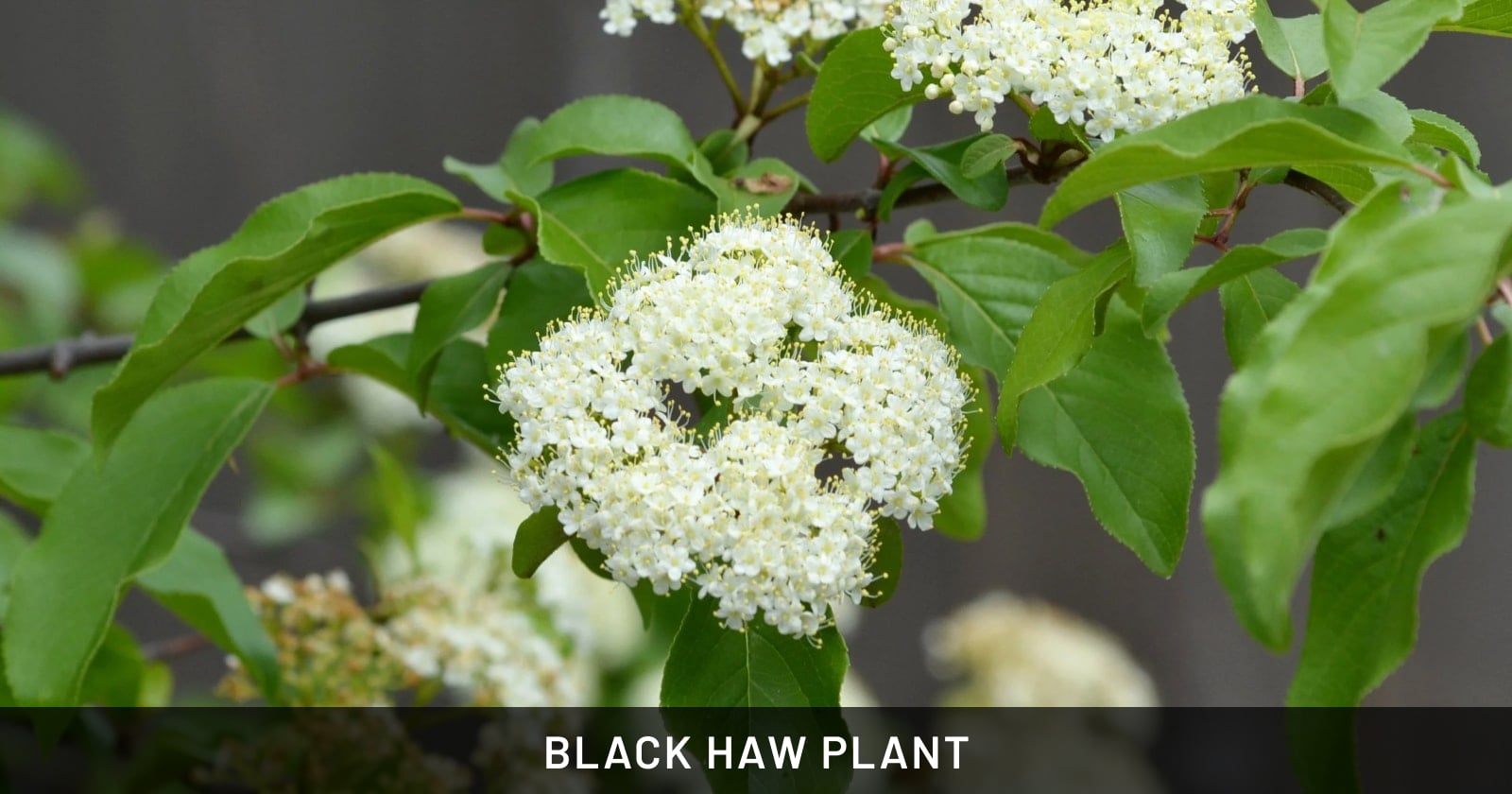Black Haw

The Black Haw plant (Viburnum prunifolium) offers beauty and medicinal benefits, making it a favorite in gardens across the United States. Recognizable by its dense clusters of white flowers in spring and reddish-black berries in fall, this hardy shrub stands resilient through most climates. For centuries, Black Haw has been prized for its antispasmodic properties, traditionally used to ease muscle cramps and spasms.
Pet owners can feel reassured; Black Haw is generally considered safe for animals. The plant’s bark and berries, often used in herbal remedies, don’t pose common toxicity risks to pets. However, as with any plant, monitoring your pets and consulting with a veterinarian if they ingest large quantities is always wise. This makes Black Haw both a charming and secure addition to pet-friendly landscapes.
Here’s a detailed table showcasing the physical and scientific characteristics of the Black Haw plant:
| Characteristic | Details |
|---|---|
| Scientific Name | Viburnum prunifolium |
| Common Names | Black Haw, Stag Bush, American Sloe |
| Family | Adoxaceae |
| Native Range | Eastern and Central North America |
| Plant Type | Deciduous shrub or small tree |
| Height | Typically 12 to 15 feet, can reach up to 30 feet |
| Spread | 6 to 12 feet |
| Leaf Shape | Oval to round, finely toothed |
| Leaf Color | Glossy green turning to purple or red in autumn |
| Flowers | White, in dense clusters; bloom in spring |
| Fruit | Dark blue to black berries, edible when mature in fall |
| Bark | Brown to gray, blocky and rough |
| Habitat | Found in woods, thickets, and along streams |
| Sun Exposure | Full sun to partial shade |
| Soil Type | Prefers well-drained, loamy soils; pH adaptable |
| Water Requirements | Moderate, more during dry spells |
| Wildlife Attraction | Berries attract birds and small mammals |
| Uses | Ornamental, wildlife habitat, traditional medicine |
| Hardiness Zone | USDA zones 3 through 9 |